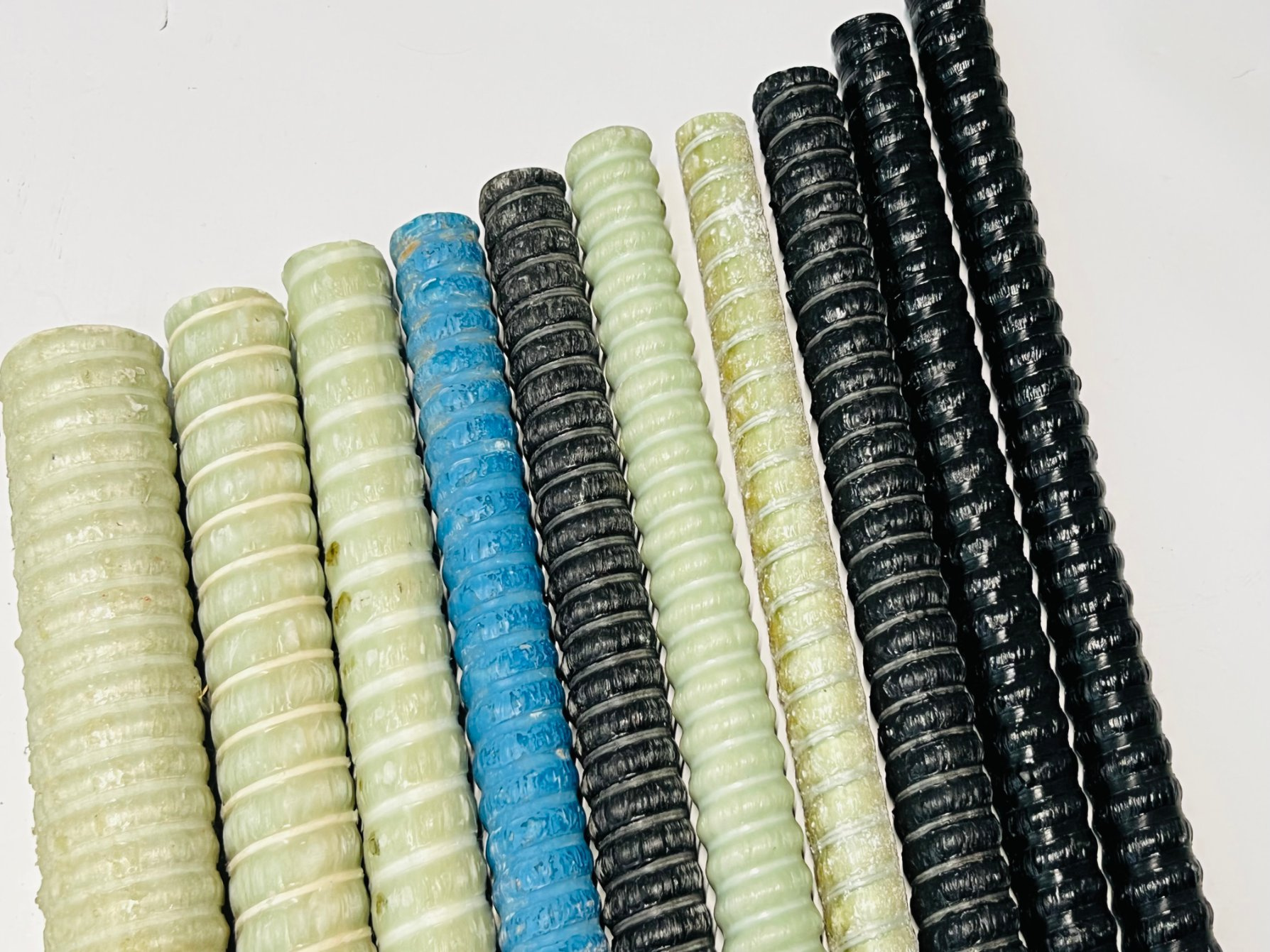- April 27, 2025
- Posted by: wellcoindustries
- Category: Rebar
Composite rebar—often made from glass-fiber-reinforced polymer (GFRP), basalt fiber, or carbon fiber—has moved from niche applications into mainstream structural design. Builders, engineers, and owners now demand materials that extend service life, slash maintenance budgets, and deliver greener outcomes. Below, you’ll discover seven decisive composite rebar advantages that explain why forward-thinking projects are pivoting away from traditional steel.

Introduction: Why This Matters to Your Next Project
Concrete cracking and reinforcement corrosion cost the global construction industry an estimated US $100 billion each year (World Corrosion Organization). Traditional steel, while strong, is vulnerable to rust in chlorides, freeze-thaw cycles, and chemical splash. Composite rebar solves these pain points and more—without sacrificing structural integrity. Whether you design bridges, parking decks, or coastal infrastructure, understanding these advantages equips you to cut life-cycle costs and improve sustainability.
1. Total Corrosion Resistance
Steel begins corroding as soon as its protective oxide layer is breached, but composite bars contain no iron, so rust is impossible. In a 60-month accelerated salt-spray test by the U.S. Federal Highway Administration, GFRP bars lost 0 % tensile strength, while steel lost 25 %. That durability removes the need for epoxy coatings, cathodic protection, or extra concrete cover.
-
Practical win: slim down concrete sections or place bars closer to surfaces without worrying about future spalling.
2. Up to 70 % Weight Reduction
Composite rebars are roughly one quarter the density of steel (≈2 g/cm³ vs. 7.8 g/cm³). For contractors, that means:
-
Lower cranage costs
-
Faster hand-placement by smaller crews
-
Safer ergonomics on tight or elevated job sites
A 2024 Québec Ministry of Transport bridge deck retrofit reported 40 % shorter installation time simply because crews could carry bundles by hand.
3. Superior Tensile Strength
High-quality GFRP bars reach 1,000 MPa ultimate tensile strength—2–3× that of Grade 60 steel. This allows wider bar spacing or smaller diameters while still meeting design loads, trimming rebar quantities and congestion around lap splices.
4. Thermal & Electrical Insulation
Composite rebar is non-conductive and has a low thermal‐conductivity (~0.3 W/m·K, versus 50 W/m·K for steel). These properties make it ideal for:
-
MRI suites and research labs where stray electromagnetic fields distort instruments
-
Bridges with embedded de-icing cables
-
Cryogenic or high-heat environments where differential expansion leads to cracking
5. Extended Service Life = Dramatic Cost Savings
Because it doesn’t corrode, composite reinforcement can yield service lives exceeding 100 years with minimal maintenance. A 2023 study in ACI Materials Journal calculated a 34 % lower life-cycle cost for GFRP-reinforced parking decks versus epoxy-coated steel when maintenance and downtime were factored in.
6. Sustainable & Carbon-Smart Choice
Life-cycle assessments show that GFRP rebar production emits up to 60 % less CO₂ per kilogram of installed reinforcement than steel, even before considering avoided repair work. Many products also incorporate recycled glass fibers, meeting LEED v4 and Envision credits for material optimization.
7. Ease of Cutting & Fabrication On-Site
Composite bars can be field-cut with standard diamond blades without risking sparks or galvanic contamination. Workers can tailor lengths on the fly, bend hooks using manufacturer-supplied heated jigs, and drill concrete nearby without worrying about damaging passivation layers.
Conclusion & Next Steps
From unbeatable corrosion resistance to lighter handling and greener footprints, these seven composite rebar advantages clearly outperform steel in demanding environments. Every advantage compounds, delivering structures that last longer, cost less, and meet modern sustainability benchmarks.
Ready to future-proof your next project?
-
Comment below with any questions about specifying composite rebar.
-
Share this article with colleagues facing corrosion challenges.
-
Subscribe to our newsletter for monthly insights on advanced construction materials.
Leverage these benefits today—your stakeholders (and your maintenance budget) will thank you tomorrow.
